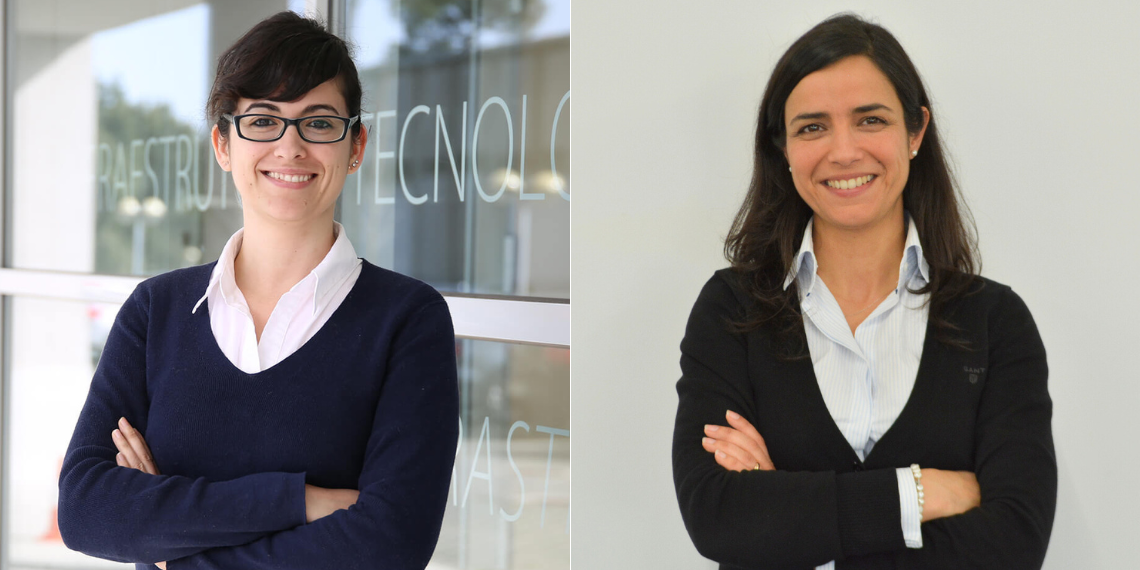Starting early
There are special moments: when a child sees a rainbow created by a prism for the first time, makes a small robot move, experiments with generating energy, writes their first algorithm, or discovers how sensors and everyday communications work. In these moments, science stops being something abstract and becomes real, tangible – and above all fascinating.
Bringing science into schools, and into the hands of younger generations is more than a mission – it is a passion that increases with every interaction and every curious look.
Early contact with science can be deeply transformative; it’s not only about inspiring future careers, but also about shaping citizens who are more informed and confident, and better prepared to face a fast-changing world. In a time increasingly defined by technology, digital skills and overwhelming volumes of data, scientific literacy becomes a vital skill for citizenship. We believe that understanding the principles of science, recognising evidence, and making informed decisions is not just important – it is vital to building a more critical, safer and resilient society.
Science, as a “public good”, must be accessible to everyone as a tool for understanding the world. However, there are still cultural, institutional and communicational barriers that hinder the connection between science and society. That is why this connection with science must begin early, to explore children’s potential for wonder, curiosity and discovery. Creating real opportunities for children and younger people to experiment, ask questions, and engage directly with science is a powerful way to foster a generation that is more prepared, more aware and more capable.
Our role as Science Ambassadors
It is up to us, the scientific community, to build strong bridges between knowledge and society. Many of our researchers embrace this role with passion and generosity, taking science to younger people far beyond what is formally required of them. They do so out of conviction, dedicating time, energy and creativity, even when schedules are tight and resources are limited.
There is no shortage of initiatives aimed at younger audiences, designed to spark an interest in science and promote scientific literacy from an early age. Through workshops, “science weeks”, school visits to our laboratories, or in-school demonstrations, these activities provide hands-on experiences and direct contact with research. They are carefully prepared by our researchers, who adapt complex content, create engaging experiences, and commit themselves wholeheartedly to the mission of inspiring future generations. They give science a human face, making it more approachable, more accessible, and, above all, more inspiring.
These experiences have shown that it is possible to foster this connection in a fun, inclusive, and impactful way. Whether we are talking with children about light, colours, or lasers, helping students design robots or build electric circuits, or even them through agricultural technologies in smart greenhouses, we are creating spaces where curiosity is valued, where mistakes are part of the process, and where asking questions is a sign of intelligence. In these experiences, students not only discover the excitement of science and technology but also develop essential skills for the future: active listening, resilience, collaboration, and critical thinking.
Now is the time to consolidate this genuine effort through a more structured and strategic approach to how we, as an institution, engage with society, focusing on young people and their families. Recently invited to take part in a working-group dedicated to thinking through and better organising this area, we both believe that all together we can go further – to do more and do it better, in a continuous and coordinated way, with a long-term vision that turns this effort into a truly lasting commitment.
A shared mission
Ultimately, science is just the starting point; we show young people – even the very youngest -that they can take chances, fail, try again, and that learning can be an adventure. We set the example that science is done by people, for people, and that anyone can be a scientist if they so wish.
If we can spark that sense of wonder, perhaps we are already transforming the future – planting the seed of dreams, one smile at a time. This is a collective mission, one that belongs to all of us, and part of a greater purpose: to inspire future generations and help build a society that is more thoughtful, more informed, and more capable of shaping its own future.



 News, current topics, curiosities and so much more about INESC TEC and its community!
News, current topics, curiosities and so much more about INESC TEC and its community!